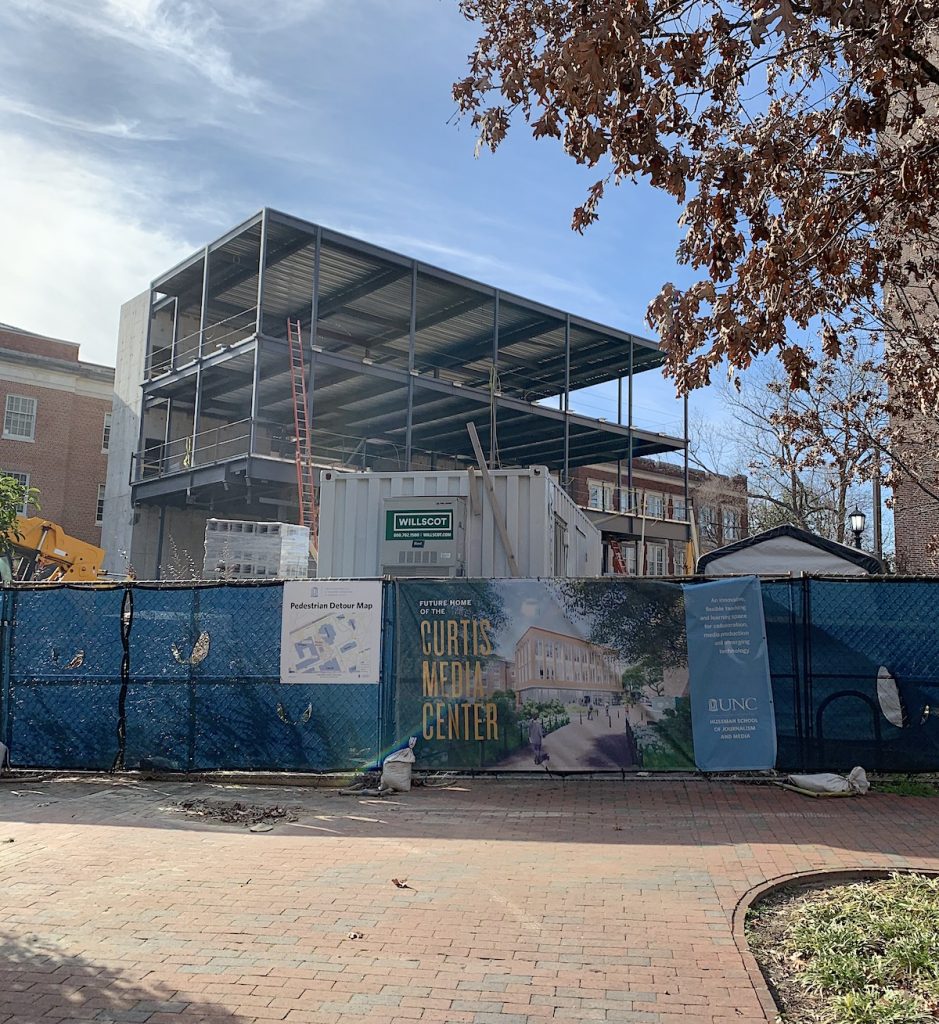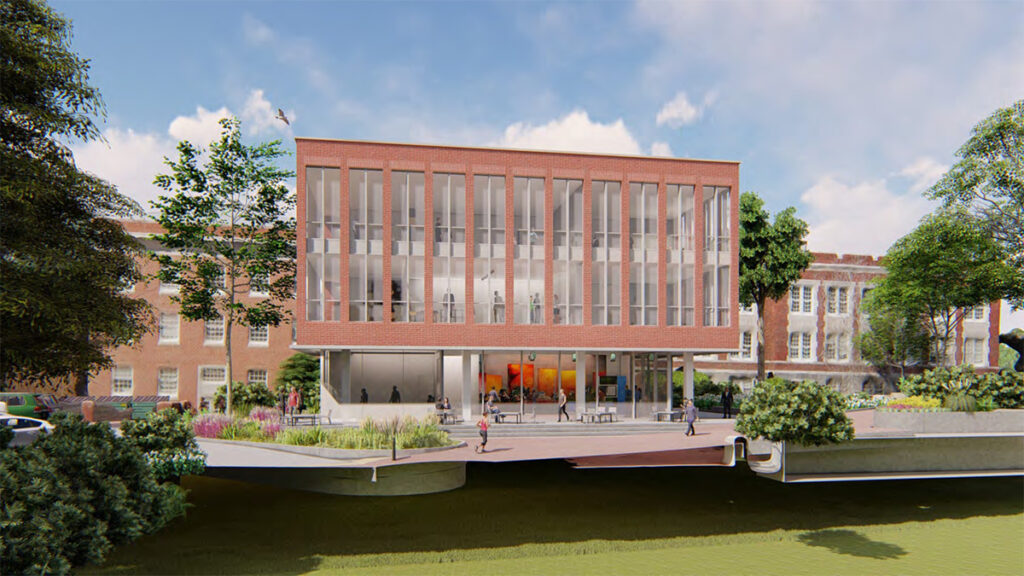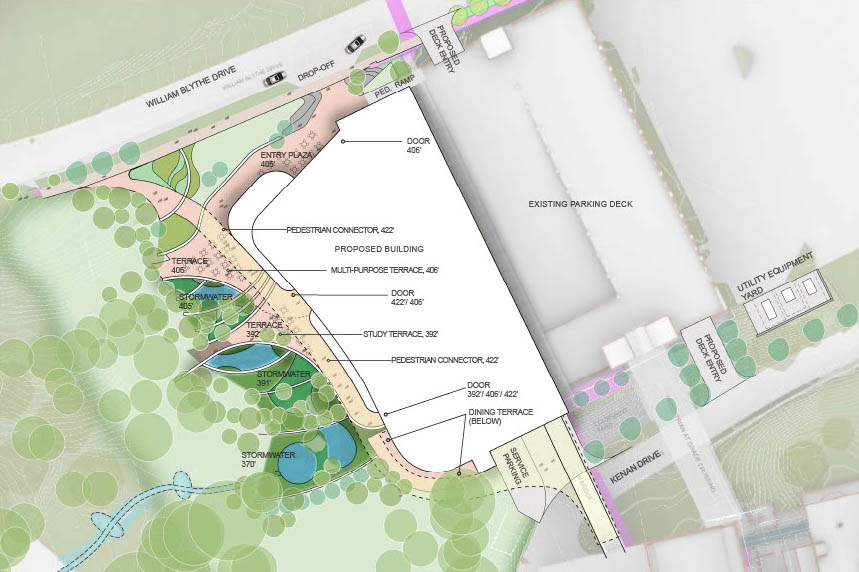
ITS Communication Technologies plays an integral, and often overlooked, role in the University’s infrastructure. Whether it’s a residence hall, chemistry lab or office space, ITS is involved in the planning and execution of all construction, renovation and demolition projects.
Reliable access to computers and the internet is a necessity to the daily routines of on- and off-campus community members, but many are unaware of how much behind-the-scenes work goes into ensuring these systems run smoothly.
“It’s a digital world, it’s like magic — almost imaginary,” said Dan Pellegrino, Project Manager for CommTech. “Every time I’m plugging a gizmo into the wall, I know I don’t think about the dozen stops along the way from the power plant to this outlet here.”
‘Integral to every project’
New construction or renovation requires designing and planning for technological infrastructure just as electrical wiring or plumbing does, so CommTech is involved from the very beginning of a project. As a result, all facilities are online and fully functional upon a project’s completion.
“It was not long ago that information technology was considered an add-on to a building project or only necessary for special project types. Now, IT is integral to every project we do on campus,” said Evan Yassky, Executive Director of Facilities Planning and Design and University Architect.
“In fact,” he said, “the trend is toward even more technology-rich environments, such as the Media and Communications Center and the Curtis Media Center, so the relationship between Facilities and ITS Communication Technologies has become even more important for creating and maintaining the types of spaces necessary for fulfilling the University’s mission.”
Construction projects, Pellegrino said, “all generally have similar requirements, and the task is to apply those requirements to project-specific conditions.”
CommTech is comprised of teams responsible for overseeing these intricacies. For example, CommTech’s Transport Operations group arranges underground utilities such as phone lines and fiber-optic cables.

The COVID-19 pandemic has only slowed construction slightly, Pellegrino said. The CommTech team has continued to stay busy with planning.
Here’s a look at a few current projects:
Curtis Media Center
The Hussman School of Journalism and Media is expanding with the construction of the Curtis Media Center. The building will include classrooms, studio and lab spaces, and will be located at the former Phillips Annex site. In such a central part of campus, this project required special attention from the Transport Operations team.
“Certain factors, such as building location, can increase complexity,” Pellegrino said. “Creating new physical pathways underground requires careful coordination with existing surface and subsurface elements, such as fiber-optics, electrical, water and other utilities, pavement and landscaping.”

Kenan-Flagler project
Much is happening at the Kenan-Flagler Business School too. Kenan-Flagler will construct a new building and renovate the McColl Building. This project is still in the first stages of design. CommTech’s role in this phase is to plan how to incorporate these additions into the campus telecommunications system.
“On the insides of buildings, ITS reviews the building components that will support network operations: locations of telecommunications equipment rooms, building pathways for cable placement and anything else associated with the IT network,” Pellegrino said.
“UNC Kenan-Flagler has unique and high demands in our drive towards excellence, and ITS Communication Technologies has always been up to the challenge,” said Georgia Allen, Kenan-Flagler’s Chief Information Officer and Associate Dean Information Technology. “They are professional and customer focused, always responsive to our questions and requests. They find creative solutions to help us move forward in our support of students.”
Allen said she is “delighted” to be working with CommTech on Kenan-Flagler’s new building.

Medical Education Building
Following the demolition of Berryhill Hall, the School of Medicine is replacing this facility with a new Medical Education Building. For projects with a demolition phase, CommTech manages taking the existing network equipment, like fiber-optic cables, offline so they aren’t damaged during demolition.
The goal, Pellegrino said, “always is for seamless integration — functionally, aesthetically and for all information services — within buildings and throughout campus.”
